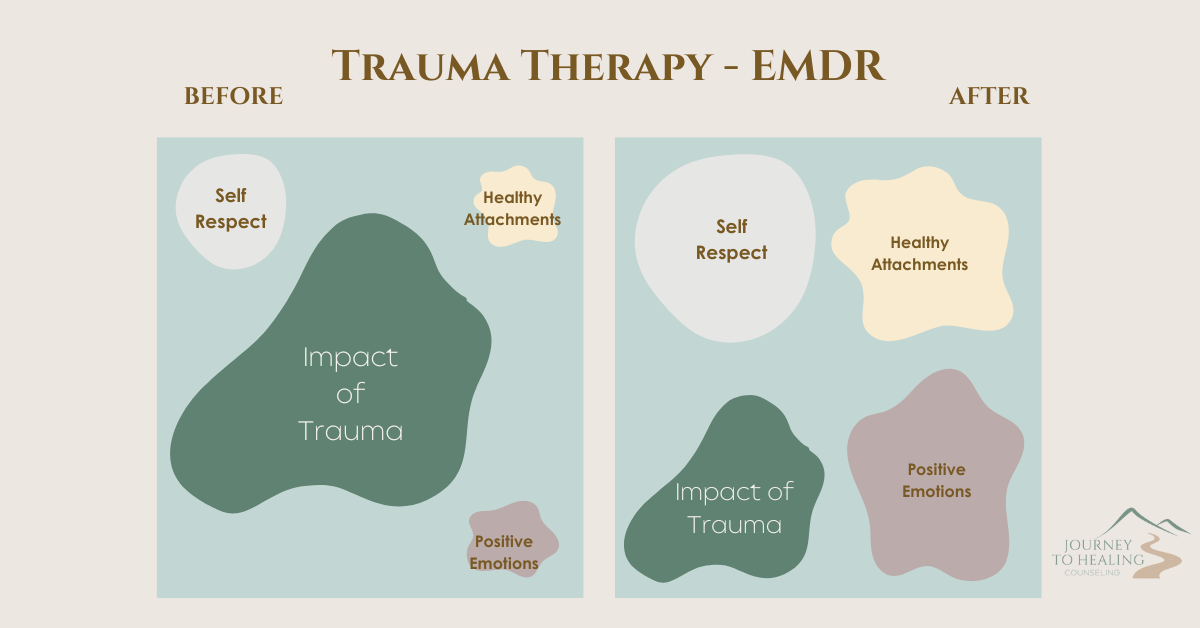Eye Movement Desensitization and Reprocessing (EMDR) is a psychotherapy approach that was developed by Francine Shapiro in the late 1980s. It is primarily used in the treatment of trauma-related disorders, such as post-traumatic stress disorder (PTSD), but has also been applied to other mental health conditions.
The primary technique used in EMDR involves the therapist guiding the client through a series of bilateral stimulation, which typically involves the client’s eyes moving rapidly back and forth while focusing on a specific traumatic memory or distressing thought. This bilateral stimulation can also be achieved through other means, such as taps or sounds alternating from left to right.
The therapy is conducted in several phases:
- History-taking and treatment planning: The therapist gathers information about the client’s history and identifies specific memories or experiences that are causing distress. Together, they develop a treatment plan.
- Preparation: The therapist explains the EMDR process to the client and teaches them coping skills to manage distress during and between sessions.
- Assessment: The client identifies a target memory or distressing thought to focus on during the EMDR process.
- Desensitization: During this phase, the client holds the target memory in mind while simultaneously engaging in bilateral stimulation, such as eye movements. The goal is to process the memory and reduce its emotional intensity.
- Installation: Positive beliefs and associations are strengthened to replace negative beliefs associated with the target memory.
- Body Scan: The client checks in with their body to ensure that no residual tension or distress remains.
- Closure: The therapist ensures that the client is in a state of emotional equilibrium before ending the session.
- Reevaluation: In subsequent sessions, the therapist and client review progress and identify any remaining issues to address.
EMDR is thought to work by facilitating the brain’s natural processing of traumatic memories, allowing them to be integrated and stored in a less distressing way. It may also help individuals develop more adaptive coping mechanisms and beliefs.
EMDR has been extensively researched and has been found to be effective in reducing symptoms of PTSD and other trauma-related disorders. It is also used in the treatment of anxiety, depression, phobias, and other mental health conditions.
